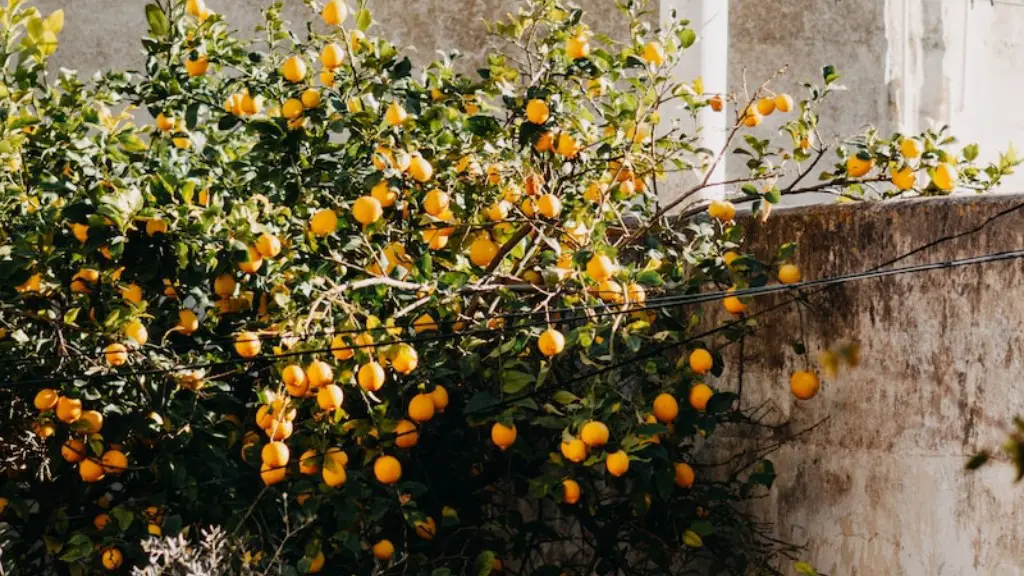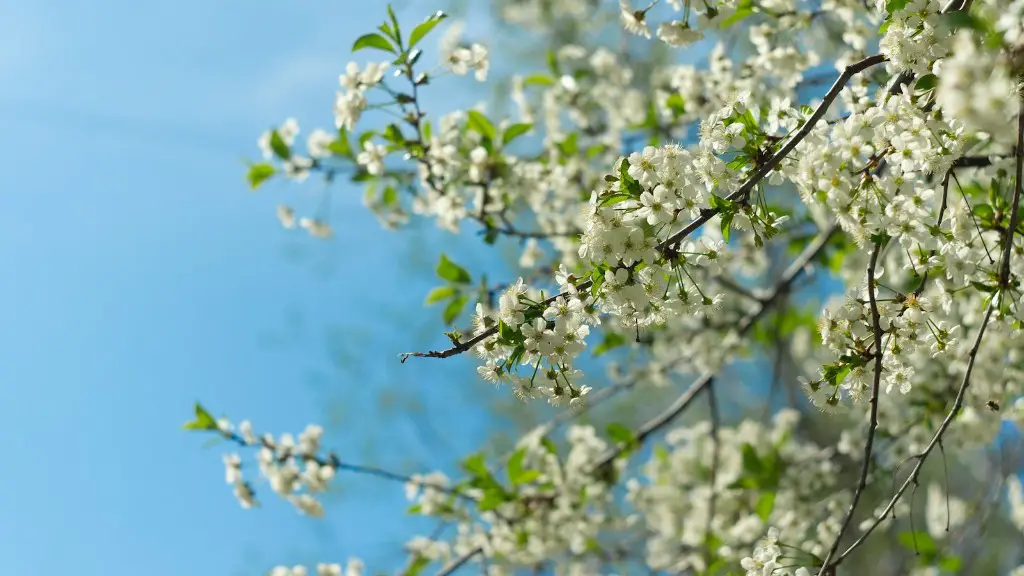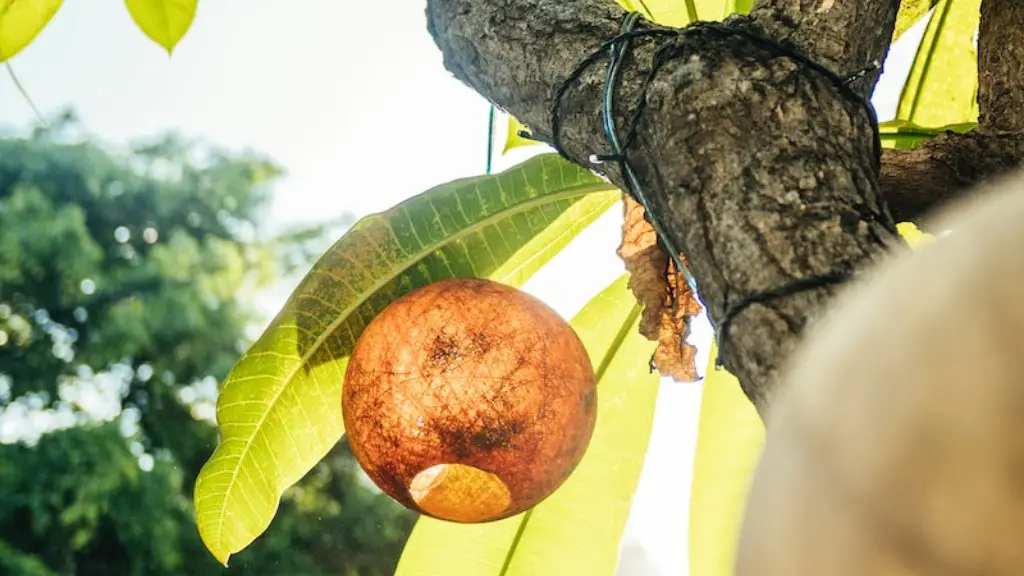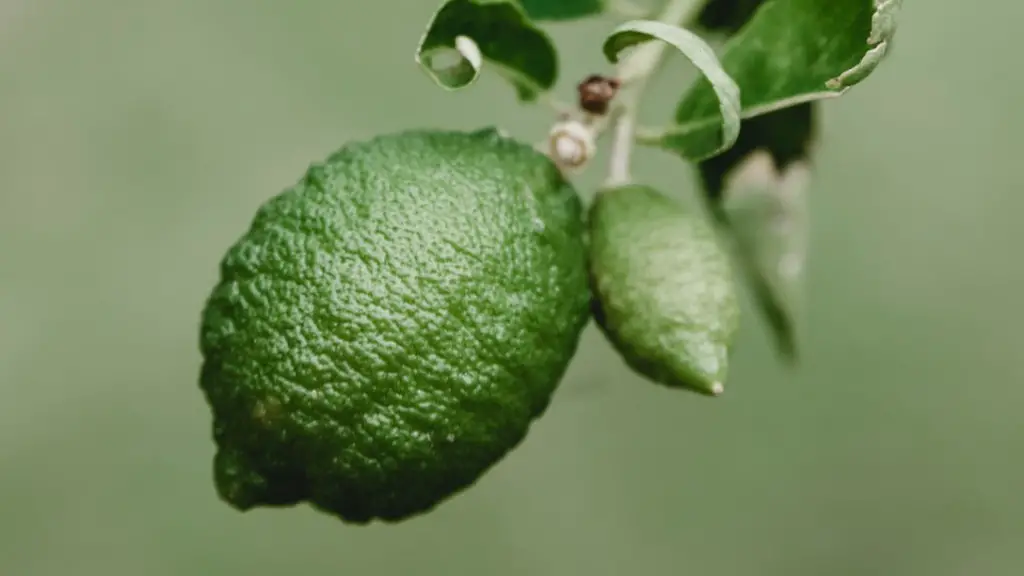Lemon trees can be tricky to grow, but with the correct care and attention they are an excellent option to add flavour to the garden and the home. Here are some tips to help lemon tree grow:
First, provide plenty of sun and ample water. Lemon trees thrive in sunny spots, so give them exposure to 6 to 8 hours of direct sunlight a day. Water thoroughly so that the roots can reach the water. The soil should be kept moist but not soggy.
Second, fertilize properly. Lemon trees need fertilization to promote new growth. Choose a fertilizer with appropriate amounts of nitrogen, phosphorus and potassium, as these are essential for plant health. Use the fertilizer according to package instructions, as different plants have different needs.
Third, support the tree. Lemon trees often get top heavy with age and can even become unstable if not supported. Use a stake or trellis to give the tree the support it needs.
Fourth, protect the tree from pests. Lemon trees are vulnerable to pests such as aphids, whiteflies, and mealybugs, so use an appropriate pesticide or organic control to keep them at bay.
Fifth, prune the tree regularly. Prune for a healthy tree by removing dead or diseased branches, as well as ones that are crossing or causing overcrowding.
Sixth, be patient! It takes patience and consistent care to get a healthy lemon tree. With regular care, your lemon tree will soon give you the sweet rewards you deserve.
Harvesting and Storage
You’ll know your lemons are ready to be harvested when they’re a bright yellow and slightly soft to the touch. Don’t wait until they’re completely soft as they may be over ripe. After harvesting, lemons can be stored in the refrigerator in an airtight container for up to 2 weeks.
Propagating and Grafting
If you want to grow more lemon trees, you can either propagate or graft your existing tree. Propagation involves taking cuttings of a parent tree and planting them to produce a new tree. Grafting involves taking a branch from one tree and grafting it onto a branch from another tree. Both methods are effective ways of replicating the same tree or creating a hybrid tree.
Soil and pH Levels
The soil pH should be between 6.0 and 6.5,so look out for signs of nutrient deficiencies such as yellowing leaves or stunted growth. If in doubt, a soil test can tell you what type of soil and what changes you might need to make.
Tips and Tricks
Avoid over-fertilizing, as too much nutrient can damage the plant. Place mulch around the base of the tree to help retain moisture and keep weeds at bay. To prevent weeds, use a grass trimmer around the base of the tree. Lastly, keep an eye out for signs of pests like aphids, so that you can take swift action to eliminate them.
Diseases
Diseases can be a problem for lemon trees, so it’s important to keep an eye out for them. Common diseases include citrus scab, gummosis, and bacterial canker. Make sure to keep the tree well-maintained and prune off any dead or diseased branches as soon as you notice them.
Winter Care
Make sure to properly cover your lemon tree in winter with a suitable cover. The cover should ideally be made of breathable fabric to let in some light and allow the tree to get some air. Trim the tree if needed to make sure it is the proper size to fit under the cover.



